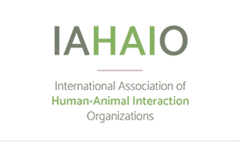Abstract
This study investigates websites of organizations that train and provide guide dogs to visually impaired people and present marketing methods as social welfare services. The study also makes suggestions for improving the websites. Among the members of the International Guide Dog Federation, 110 official websites of the organizations were analyzed. Websites were evaluated based on criteria including organizational basics, staff details, top page images, donation information, guide dog application guidance, user comments, and specific guide dog information. The websites play various roles, such as providing both general and visually impaired people with information on organizational activities, while calling for donations. The websites contained basic information on guide dogs and provided basic knowledge to people who were unfamiliar with guide dogs and organizations. As many of these are nonprofit organizations, they use their websites to seek donations. While over 80% of the organizations solicit donations, funding sources vary; some rely on government support, others on corporate sponsorship. Various types of donations are available including online transfers. Cultural preferences influence website content; for instance, Australia emphasizes donations, while France is less direct due to cultural donation hesitancy. Many organizations have provided guidance to those who wish to use guide dogs, though many lack comprehensive details, especially regarding the application process. Trust-building elements like staff introductions are often missing. Accessibility to the websites of guide dog organizations can be improved for both sighted and visually impaired people in terms of the appropriate volume of information, simple layout, and content that appeals to awareness of, sympathy with, and trust in the organizations.
Recommended Citation
Mizuta, Sakura; Kato-Shimizu, Mayuko; and Koda, Naoko
(2025)
"Public Relations and Marketing on Websites of Guide Dog Organizations,"
People and Animals: The International Journal of Research and Practice: Vol. 8
:
Iss.
1,
Article 1.
Available at:
https://docs.lib.purdue.edu/paij/vol8/iss1/1


